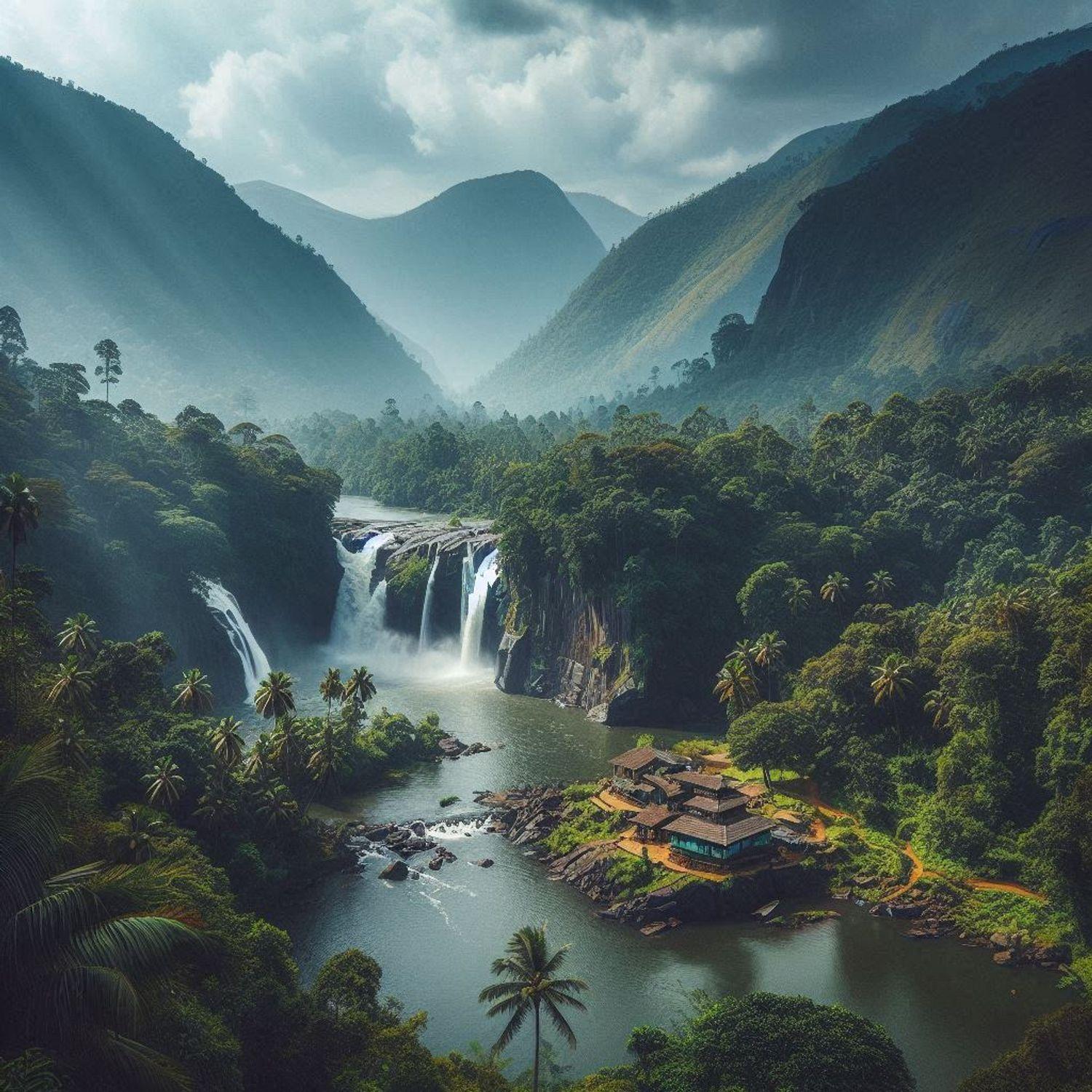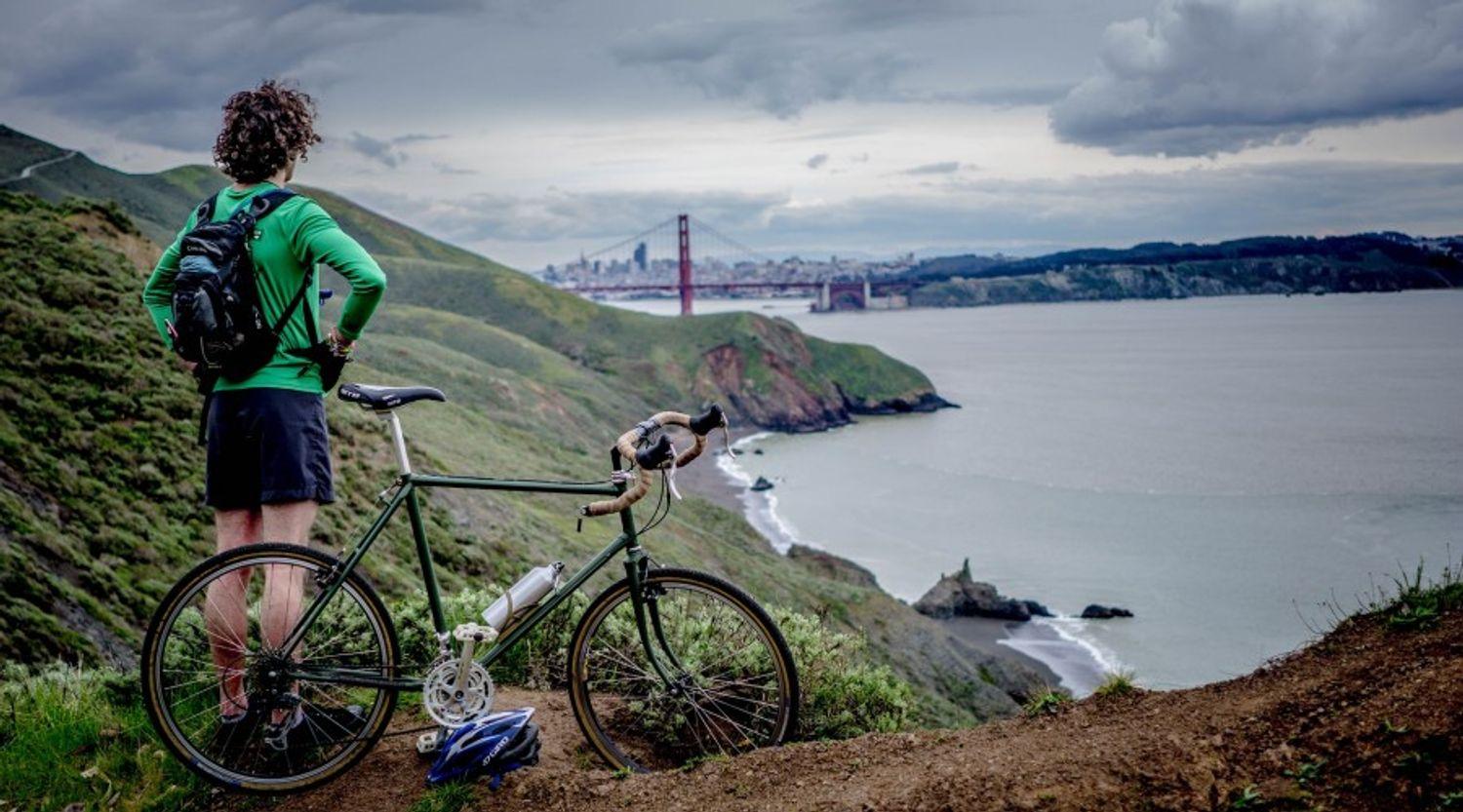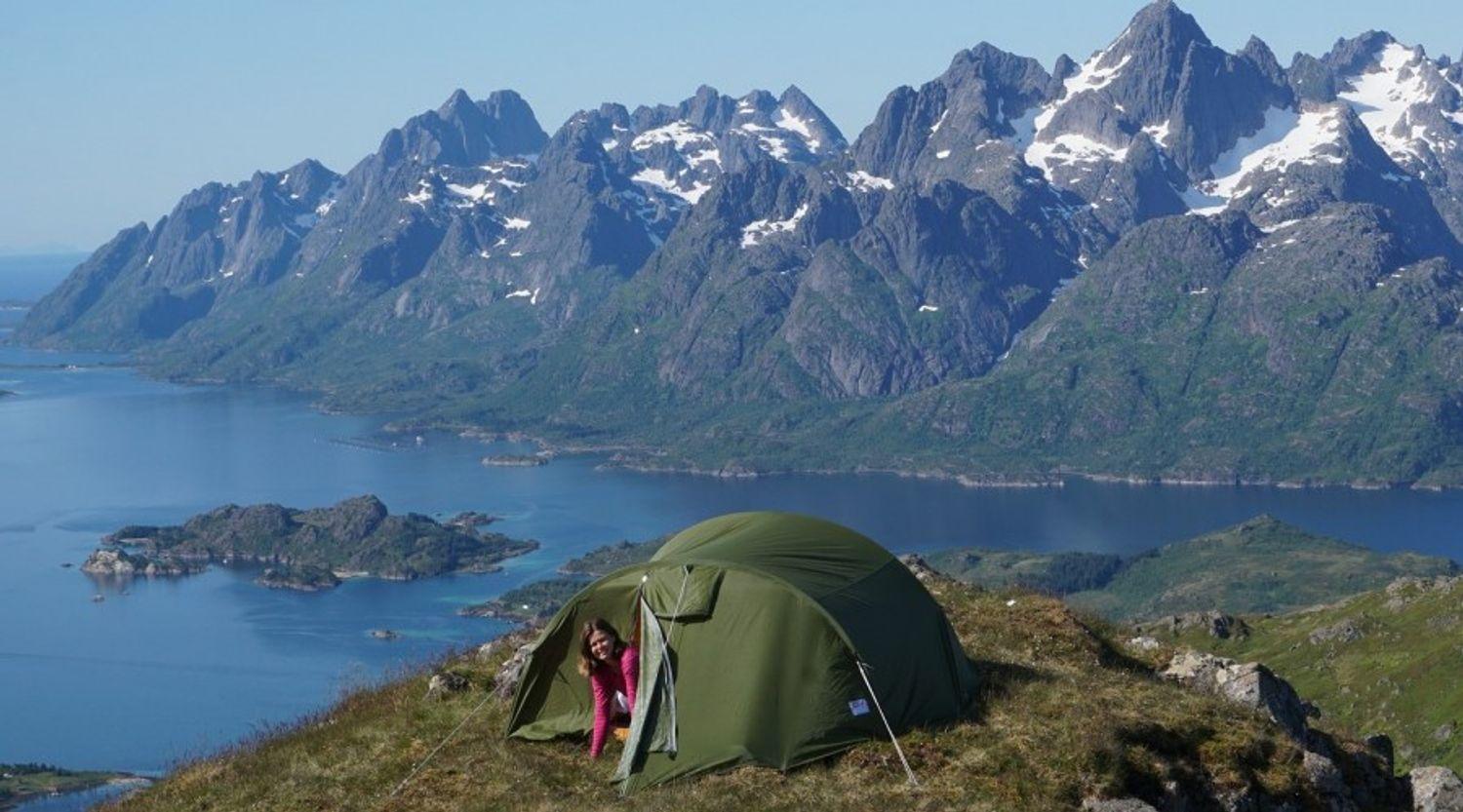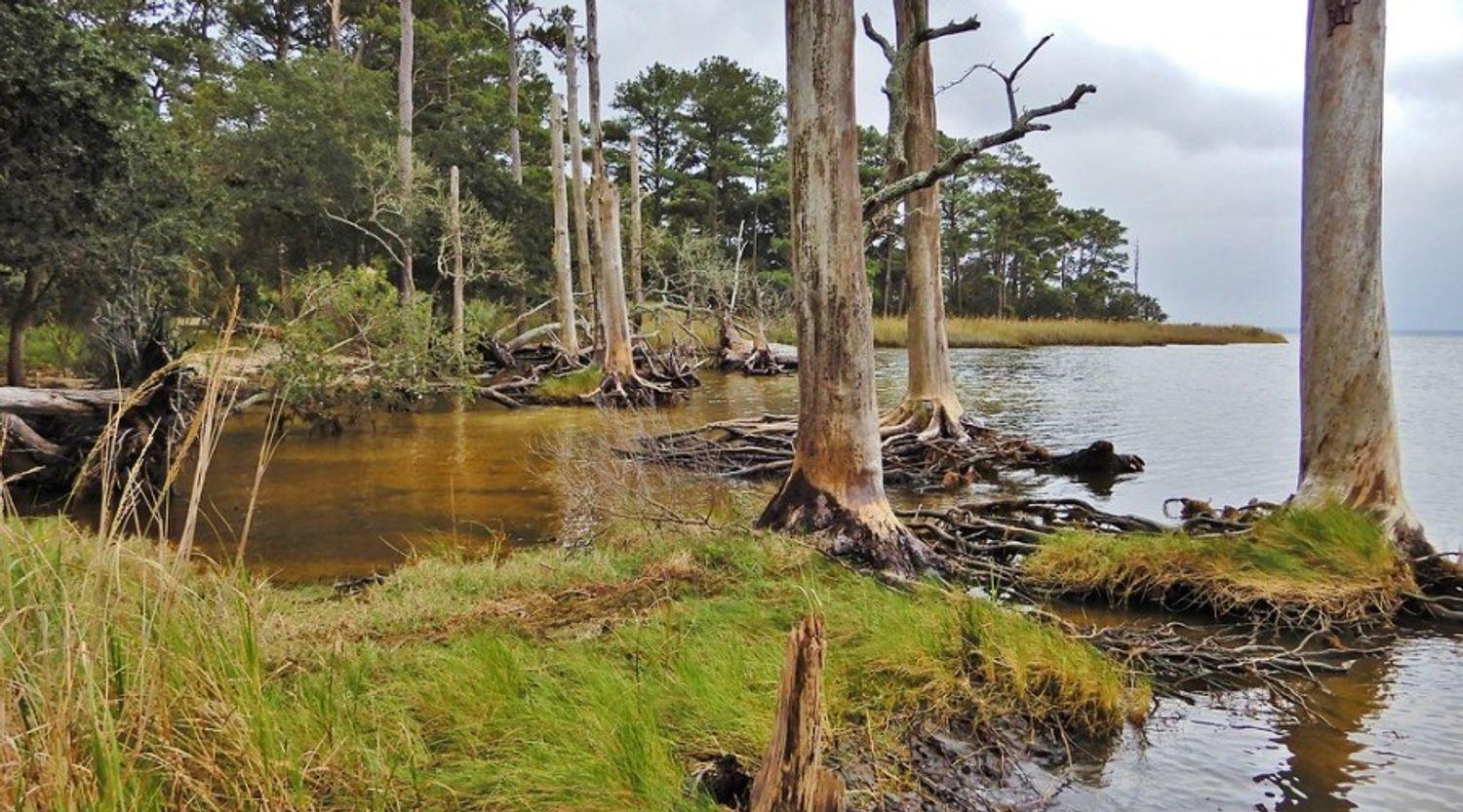Morocco is a unique place to cycle in. It is a land of clashing landscapes, where snow-capped mountains touch the sky, golden dunes roll on endlessly into timeless horizons and vibrant cities hum with history. Morocco is a paradise for anyone who loves to travel the world on two wheels. Here, the beat of your pedal stroke mingles with that of everyday life, delivered as you roll through busy souks, turning into ancient mountain passes or spinning along the wild Atlantic coast.
In this long-form guide, we’ll dig deep into the best cycling tours through Morocco, from high mountain passes and heart-racing climbs to coastal chill-out escapes, showcasing why this North African wonderland has become a mecca for cyclists searching for equal doses of action and culture.
Morocco: A Cyclist’s Playground
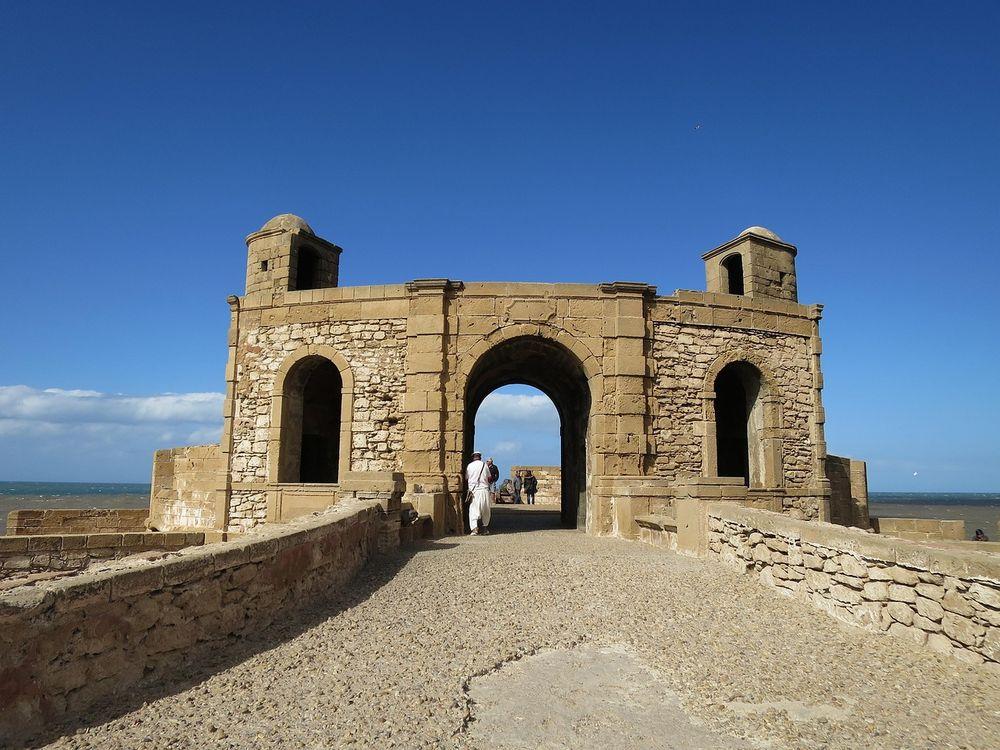
The reason Morocco is such a treat for cyclists is variety. There aren’t that many places where you can start the morning cycling on snowy alpine peaks and arrive in the evening among palm groves and desert sands. The highways are generally good, or adventurous trails and the people´s hospitality cannot be forgotten. In lots of rural places there aren’t many cyclists, and you’ll get cheers and big waves from children as you pass.
The climate is another enormous plus. Summers can be scorching in the lowlands and desert, but spring and autumn set almost perfect biking conditions with cooler days and clear skies. Even the winter has its charm, particularly down south where the sun still beams brightly.
The Majesty of the High Atlas Mountains
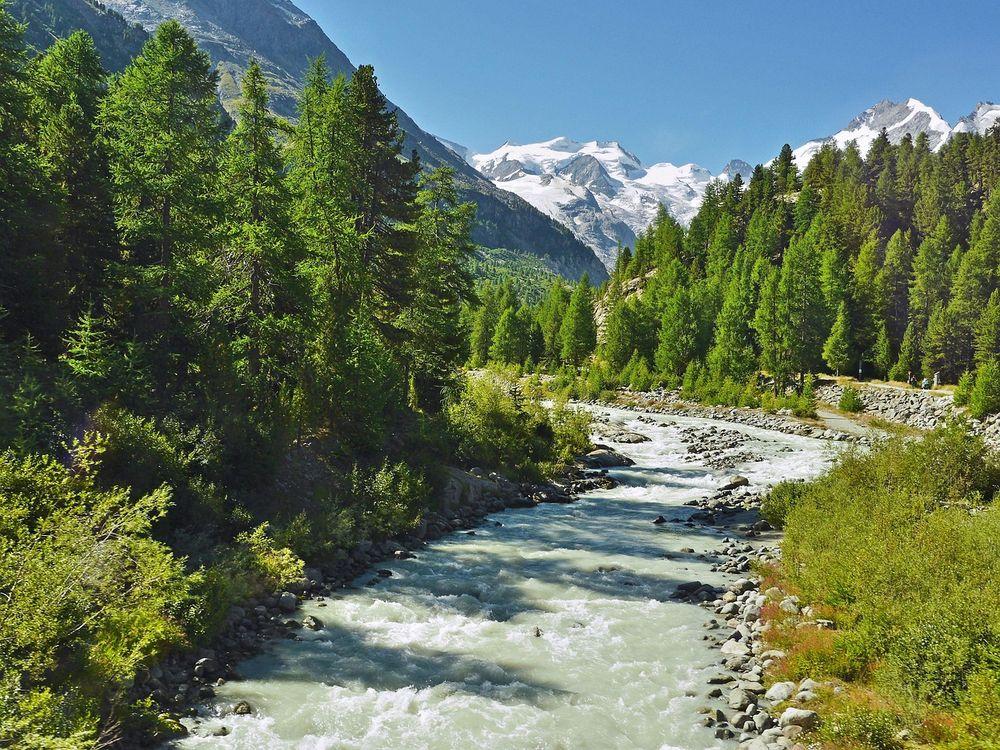
For riders searching for a genuine challenge, the High Atlas Mountains offer some of the most exhilarating cycling in Morocco. Soaring peaks loom in the horizon, and winding roads snake through deep valleys and traditional Berber settlements. The climbs there are hard and frequently long and winding, but the payoff is well worth every drop of sweat. At altitude, you have views such as grand vistas of white capped peaks, deep canyons and terraced agricultural land that has supported mountain villages for hundreds of years.
The significance of this journey lies not only in the physical struggle, but also in its cultural value. A great many villages remain traditional, stone-and-mud-brick affairs that cling to the sides of mountains and where a sense persists of locals still living in tune with their land. Spending a night in a basic guesthouse gives you a much flown-on-the wall view of this way of living.
From Marrakech to the Sahara
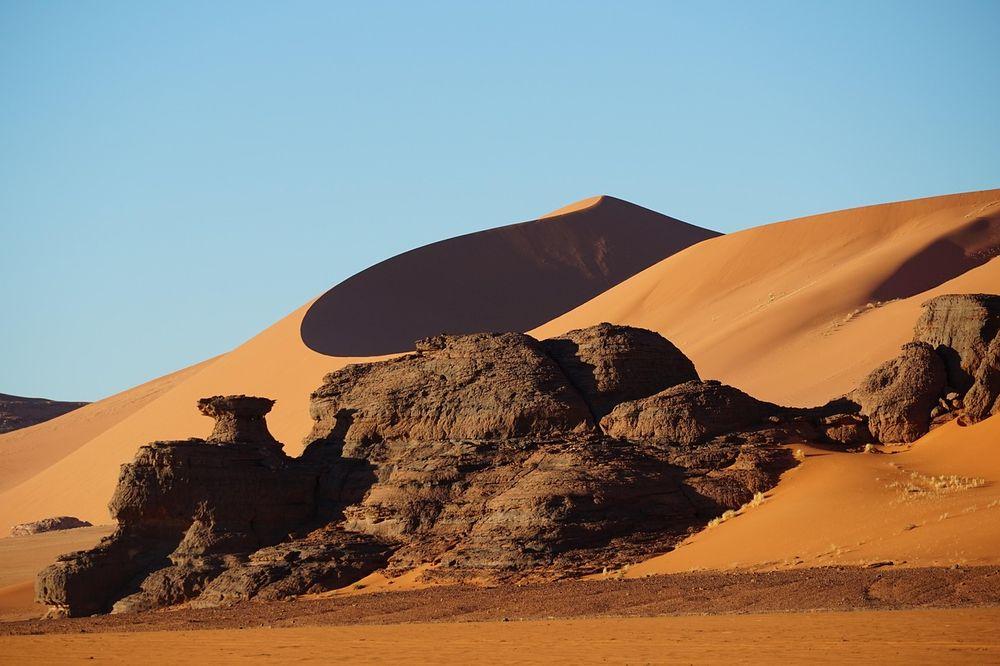
The ride from Marrakech to the Sahara Desert is likely the most iconic cycling adventure in Morocco. It starts with Marrakech’s alive and vibrant streets, filled with the scent of spices and with market traders selling their goods. Leaving the city behind, the route heads up into the Atlas Mountains with undulating ascents and descents plunging through valleys shaded by almond and fig trees.
You do notice the landscape changing as you go down hill from rich valleys to dry plains right across the golden Sahara. It’s almost surreal to be on two wheels in the desert. It is silent, utterly silent except for the sound of your tires grinding sand and gravel. Sunset sees the sun dipping behind the dunes, turning the sky shades of firey red and orange that are something that few cyclists will forget.
The Dramatic Dades and Todra Gorges
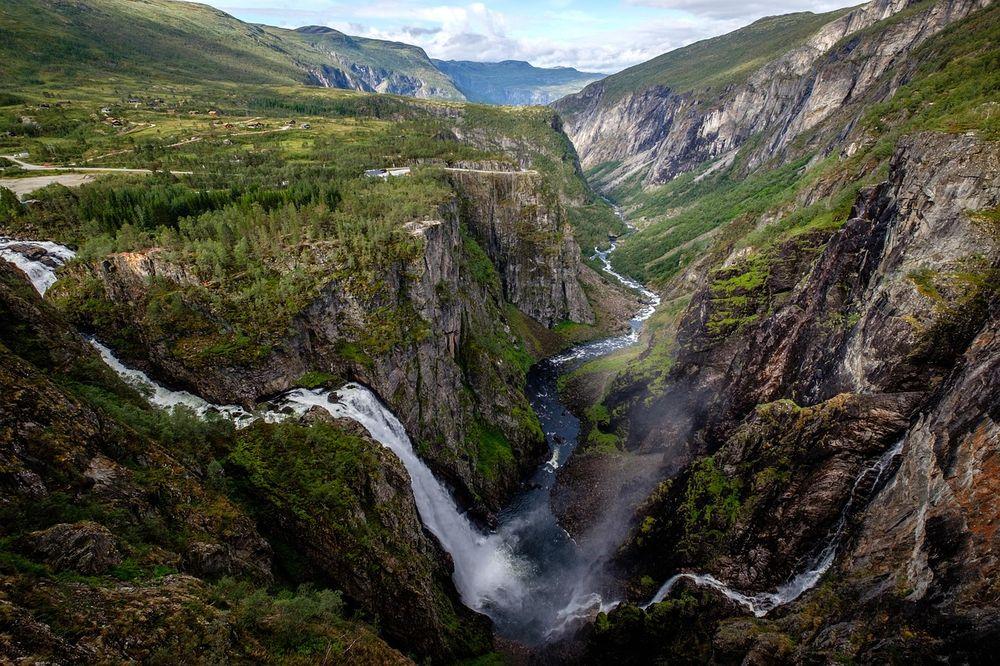
There are few roads as iconic in Morocco as those that wind their way through the Dades and Todra Gorges. The Dades Gorge is also well-known for its winding road that zigzags up the side of a cliff, popular among photographers and thrill-seeking mountain bikers. Around every corner is another amazing sight, from towering rock walls to leafy oases tucked into the valley floor.
The nearby Todra Gorge provides another kind of spectacle. Here, cliff walls soar hundreds of feet above, coming close enough together at some passages that the sky seems a sliver. Biking through these natural wonders makes you feel like you are pedaling through a painting of the landscape and an unfolding geological wonder sculpted by time and nature.
Coastal Escapes in Essaouira
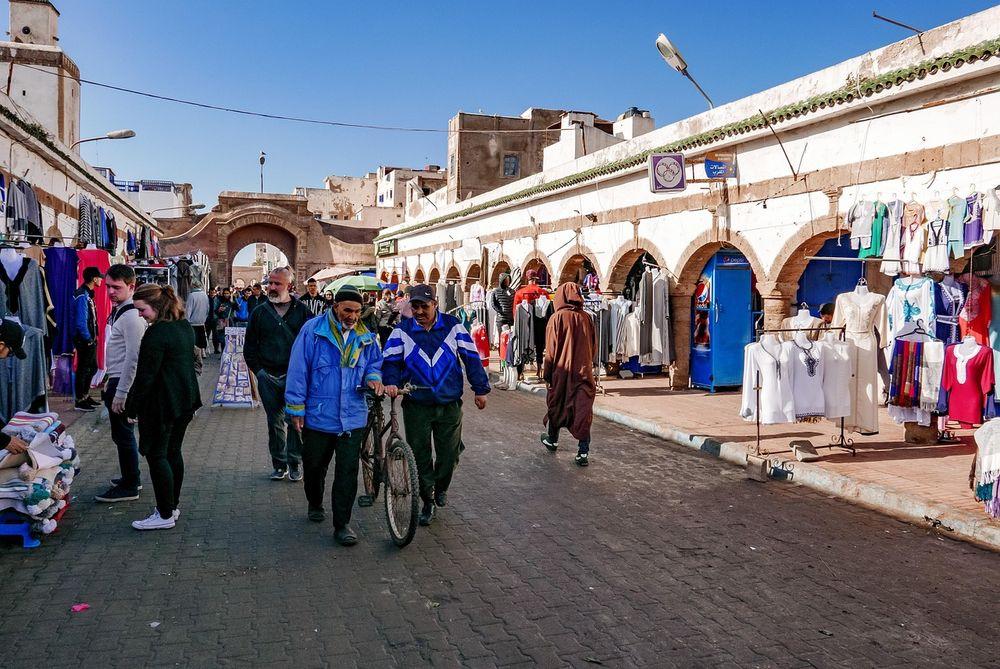
For riders who prefer the sound of waves to the call of mountain winds, Morocco’s Atlantic coast delivers a completely different cycling experience. The stretch around Essaouira, a laid-back seaside town with whitewashed walls and a vibrant arts scene, is especially rewarding. Here, cycling is more relaxed, with gentle breezes carrying the scent of the ocean.
The landscape is dotted with argan trees, often with goats perched improbably among the branches, and small fishing villages where time seems to move more slowly. After a day’s ride, returning to Essaouira is a treat in itself. The town is known for its fresh seafood, historic medina, and relaxed atmosphere, making it a perfect base for both cycling and unwinding.
Hidden Adventures in the Anti-Atlas
The High Atlas Mountains are notorious, but the Anti-Atlas ones guard their beauty for the bravest cyclists. This more southerly range which gave us rocky, rugged terrain and a near-moonlike ambiance is a world away from the fertile valleys of the north. Biking here is a matter of solitude and exploration.
The area around Tafraoute is especially beautiful, it's pink granite boulders stand out and the surreal painted rocks that an artist in the eighties painted are worth a visit. In spring, the valleys are covered with the pink and white blooms of almond trees which offset the beauftul serrated peaks. Crossing the Anti-Atlas illustrates how incredibly varied Morocco’s landscapes can be.
The Charm of Chefchaouen and the Rif Mountains
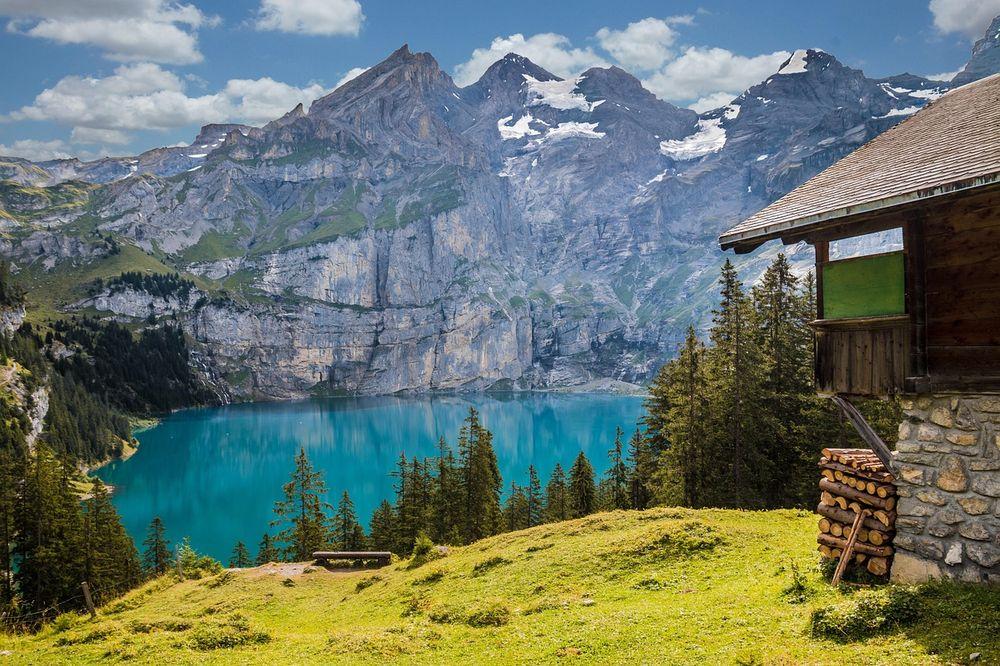
The Rif Mountains in northern Morocco are another setting for cycling pursuits. Certainly the highlight here is Chefchaouen, the infamous “Blue City.” Tucked into the mountains, this town is nearly all blue, as though it were taken out of a dream, one of Colombia’s most photographed spots.
The cycling is slightly softer here in the Rif Mountains than it is among the high peaks of the Atlas, but no less scenic. Roads weave through verdant valleys and pine forests, a welcome change from Morocco’s dry habitat. When you get to Chefchaouen after what can feel like a marathon journey it feels as if you’ve left the world behind and have stepped into a place of leisurely, relaxed living where the streets are calling for you to wander.
Ouarzazate to Ait Benhaddou

For cyclists who love history and culture as much as scenery, the route from Ouarzazate to Ait Benhaddou is a must. Ouarzazate, known as the “Hollywood of Morocco,” has been the backdrop for countless films and series. From here, a relatively short ride takes you through desert plains to Ait Benhaddou, a UNESCO World Heritage site.
This ancient ksar, with its clay-brick architecture, rises dramatically from the desert landscape. Cycling toward it feels like traveling back in time. Exploring its narrow alleys and admiring its timeless beauty provides a perfect balance to the physical adventure of the ride.
Desert Dreams in Zagora
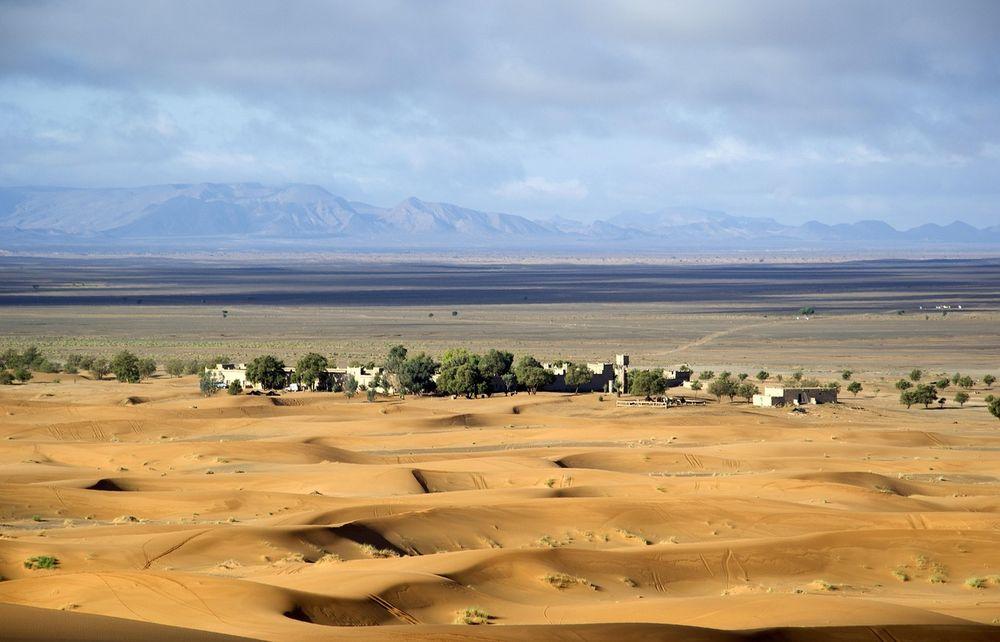
Another captivating desert cycling experience awaits in Zagora, a region known for its wide open spaces and endless horizons. Unlike the towering dunes of Merzouga, Zagora’s desert is flatter, making it more accessible for cycling. The roads here cut through palm groves and mud-brick villages, leading you deeper into a landscape that feels untouched by time.
Spending the night in a desert camp is an unforgettable part of the journey. After a long day of riding, gathering around a fire under a sky full of stars, far from city lights, offers a sense of peace and connection that is hard to find elsewhere.
Guided Cycling Tours in Morocco
While some cyclists prefer the freedom of self-guided adventures, many choose to join guided cycling tours to make the most of their Moroccan journey. Companies such as Morocco Cycling, specialize in creating tailor-made experiences, handling everything from accommodations to support vehicles.
The advantage of joining a guided tour is the expertise of local guides who know the terrain, the safest routes, and the hidden gems that most visitors miss. It also provides peace of mind, knowing that if a mechanical issue arises or you simply need a rest, support is nearby. For those new to cycling in Morocco, this can be the perfect way to combine adventure with ease.
Tips for a Perfect Cycling Trip in Morocco
Before setting out, a bit of preparation will make your Moroccan cycling experience smoother and more enjoyable. The best seasons are spring and autumn, when temperatures are most comfortable. Summer can be scorching in the desert, though the mountains remain cooler, while winter is pleasant in the south but snowy in the high passes.
It’s essential to stay hydrated, especially in arid regions, as distances between towns can be long. A reliable bike, spare parts, and basic repair knowledge are invaluable, as not every village will have a mechanic. Just as important is respecting local customs—dressing modestly in rural areas and always greeting people with kindness goes a long way.
Conclusion
Cycling in Morocco is not simply about covering miles; it is about discovering a land of endless contrasts. Each route tells a different story, from the breathtaking climbs of the High Atlas to the tranquil coastal paths of Essaouira, from the blue-washed alleys of Chefchaouen to the silence of the Sahara dunes. Every ride is a journey through landscapes shaped by nature and cultures shaped by centuries of history.
For cyclists, Morocco offers the perfect blend of adventure, challenge, and cultural immersion. Whether you embark on a multi-day expedition from Marrakech to the desert, tackle the hairpin bends of the Dades Gorge, or simply enjoy a leisurely ride along the coast, the experience will leave you with memories as vivid and enduring as the country itself.

